What is a One-Cancels-the-Other (OCO) Order?
1. One-Cancels-the-Other (OCO) Orders Explained
2. Advantages of OCO Orders
2.1 Risk Control
2.2 Mechanical Execution
2.3 Increased Efficiency
2.4 Avoidance of Overlapping Trades
3. Trading Scenarios
3.1 Buying
- Traders hope to buy at a lower cost during a pullback but fear missing out if there is no pullback and the price rises. Therefore, if there is no pullback and the price rises, the system needs to buy at the specified price.
- In this case, the spot OCO order includes a stop-loss buy order and a limit buy order.
3.2 Selling
- Traders believe there is still some upward potential from the interim high and want to sell at the highest point but fear a direct decline, resulting in profit loss. Therefore, if there is a direct decline, the system needs to sell at the specified price.
- In this case, the spot OCO order includes a stop-loss sell order and a limit sell order.
3.3 Price Limitation
- Sell Order: Price (Limit Order) > Current Market Price > Stop-Loss Trigger Price (TP/SL Order)
- Buy Order: Price (Limit Order) < Current Market Price < Stop-Loss Trigger Price (TP/SL Order)
4. How to Place a OCO Spot Order?
4.1 MEXC Website
4.1.1 Log in to MEXC and Visit the Spot Trading Platform
4.1.2 Confirming Buy/Sell Prices
4.1.3 Setting Parameters
4.1.3.1 When Choosing to Buy Assets
- The stop-loss buy order is the price at which the asset will be automatically purchased when the price rises to a certain level.
- The limit buy order is the price at which the asset will be automatically purchased when the price falls to a certain level.
4.1.3.2 When Choosing to Sell Assets
- The limit sell order is the price at which the asset will be automatically sold when the price rises to a certain level.
- The stop-loss sell order is the price at which the asset will be automatically sold when the price falls to a certain level.
4.1.4 Place Order

4.1.5 Order Execution
- In the spot OCO strategy, these two conditional orders will exist as a pair, and once one of the conditions is triggered, the other will be canceled.
- Tutorials and guides may vary across different operating systems. Please refer to your actual operating system.
4.2 MEXC App
4.2.1 Log in to the MEXC Spot Trading Platform
4.2.2 Confirm Buy/Sell Prices
4.2.3 Set Parameters
4.2.3.1 When Choosing to Buy Assets
- The stop-loss buy order is the price at which the asset will be automatically purchased when the price rises to a certain level.
- The limit buy order is the price at which the asset will be automatically purchased when the price falls to a certain level.
4.2.3.2 When Choosing to Sell Assets
- The limit sell order is the price at which the asset will be automatically sold when the price rises to a certain level.
- The stop-loss sell order is the price at which the asset will be automatically sold when the price falls to a certain level.
4.2.4 Place Order
4.2.5 Monitor Orders
- In the spot OCO strategy, these two conditional orders will exist as a pair, and once one of the conditions is triggered, the other will be canceled.
- Tutorials and guides may vary across different operating systems. Please refer to your actual operating system.
5. Summary
Popular Articles

MEXC Pre-Market Trading Guide: Complete FAQ & How to Trade Before Listing
1. What is Pre-Market TradingPre-Market Trading is an over-the-counter (OTC) service offered by MEXC. It gives traders the opportunity to buy and sell new tokens before they are officially listed on c

What is Solana Mobile (SKR)?A Blockchain-Native Smartphone Platform Bridging Hardware, dApps, and Tokenized Governance
Key Takeaways1)Solana Mobile is a hardware-first Web3 platform, integrating self-custody and blockchain security directly into smartphones.2)Saga and Seeker phones function as on-chain access devices,
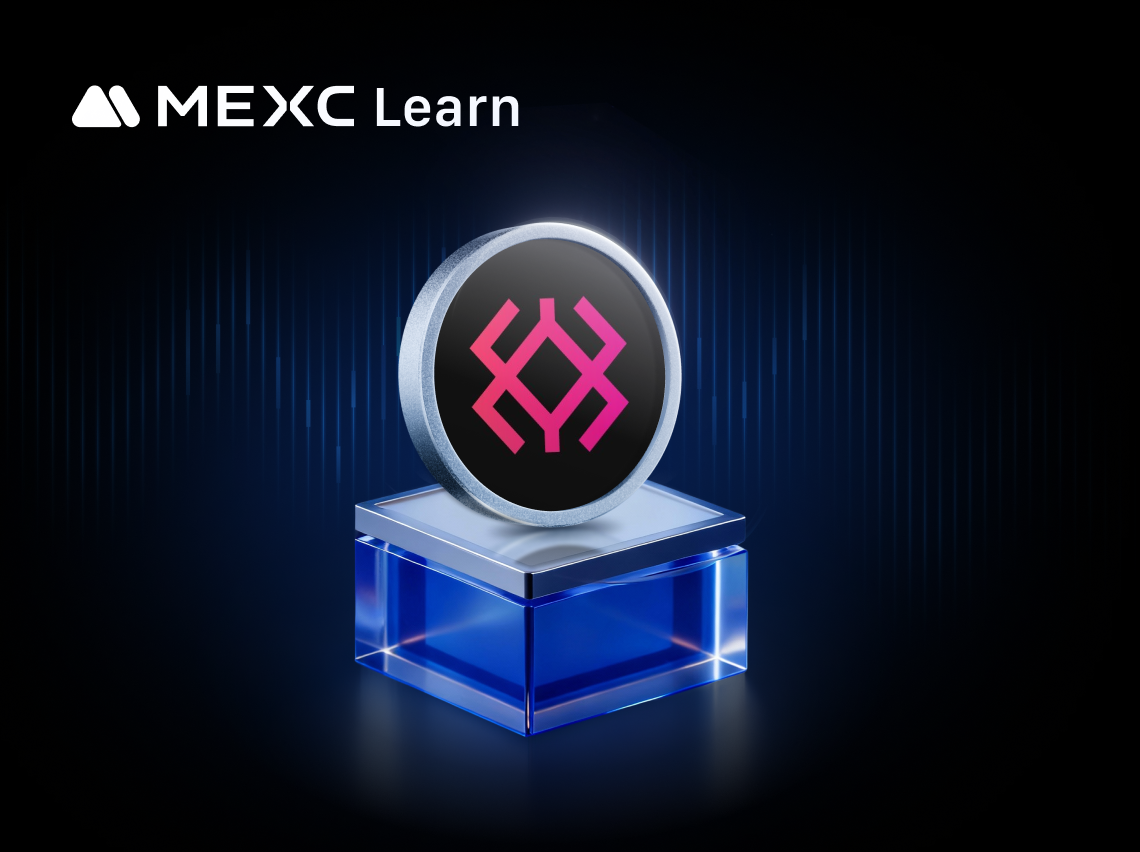
What is Immunefi(IMU)? A Complete Guide to Web3's Leading Security Platform
Key Takeaways1) Immunefi focuses on continuous Web3 security coordination, not one-time audits.2) Bug bounties and audit competitions form the core of its security model.3) Magnus serves as an operati
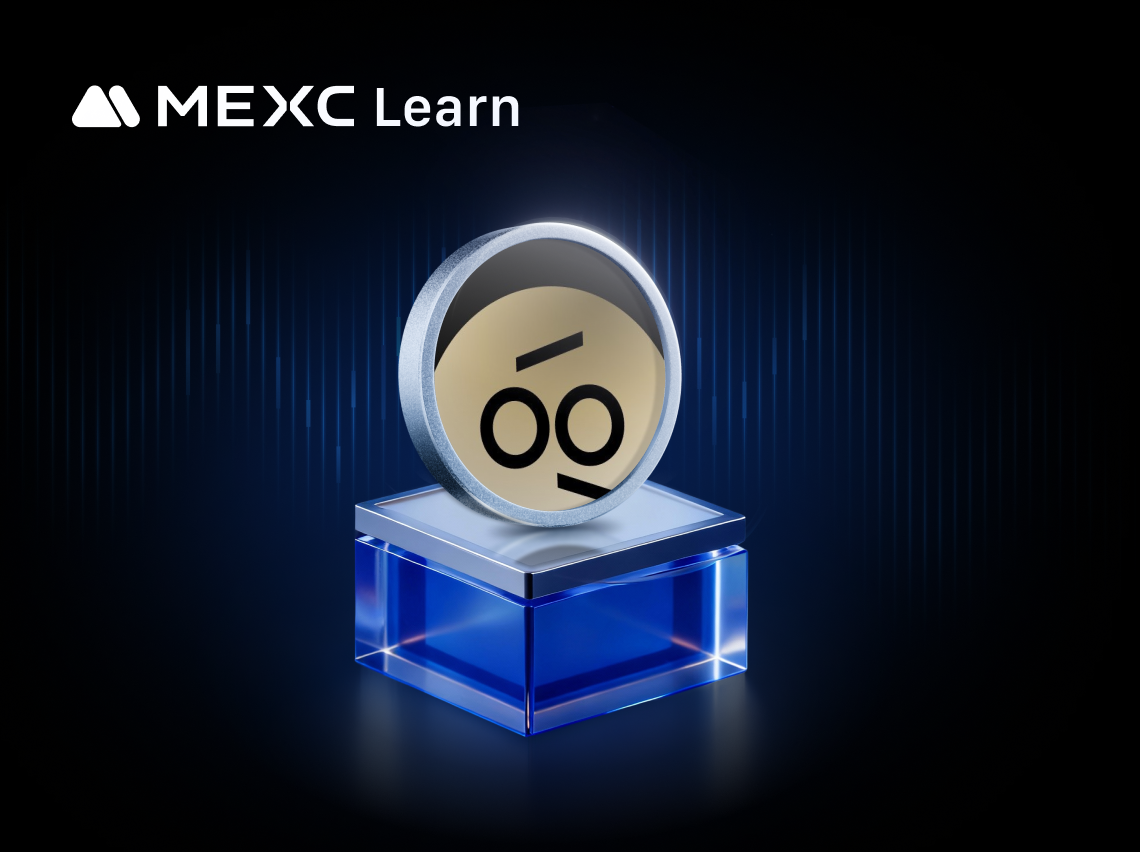
What Is VOOI ($VOOI)? A Non-Custodial Perpetual DEX Aggregator Explained
Key Takeaways1)VOOI is a non-custodial perpetual DEX aggregator that routes trades across multiple DEXs without holding user funds.2)The platform leverages chain abstraction and intent-based execution
Hot Crypto Updates
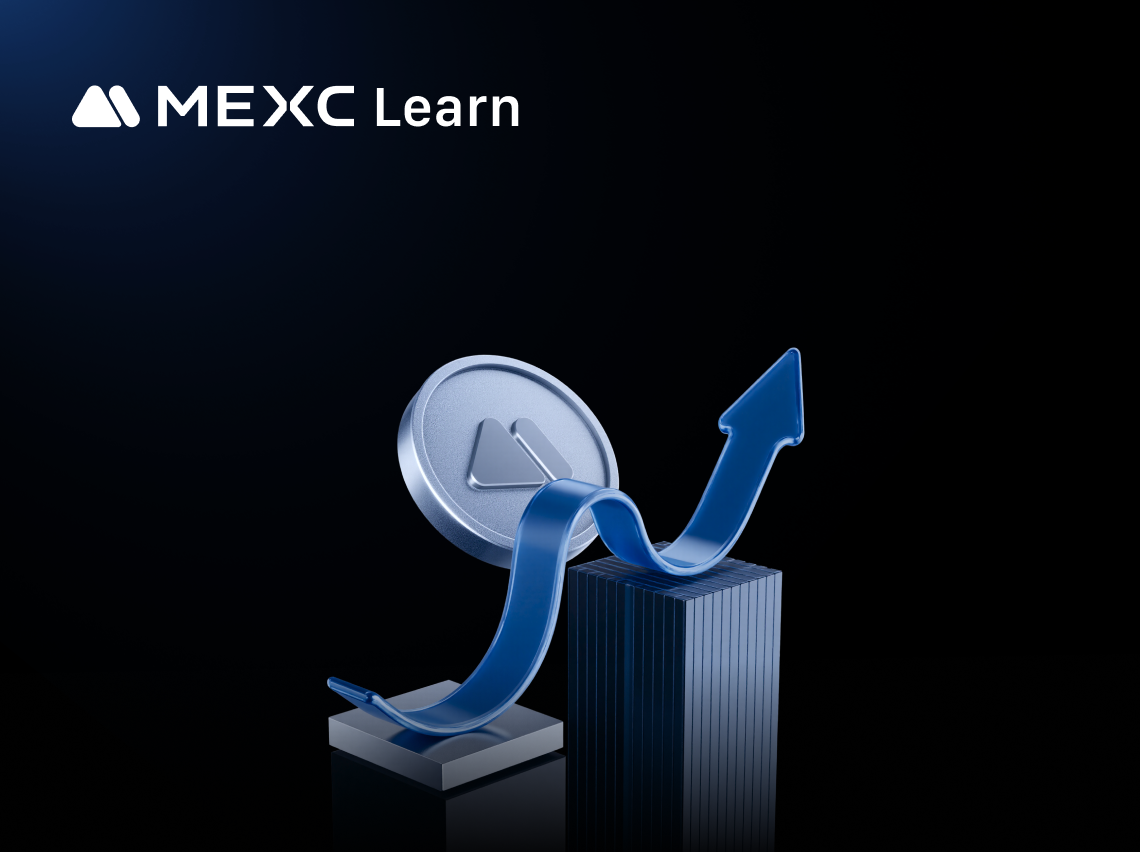
hadtotakeprofits sir (HTTPS) Spot Trading Platform Comparison: Why MEXC Leads the Market
Choosing the right hadtotakeprofits sir (HTTPS) spot trading platform can significantly impact your trading success. MEXC stands out among cryptocurrency exchanges with superior features, competitive
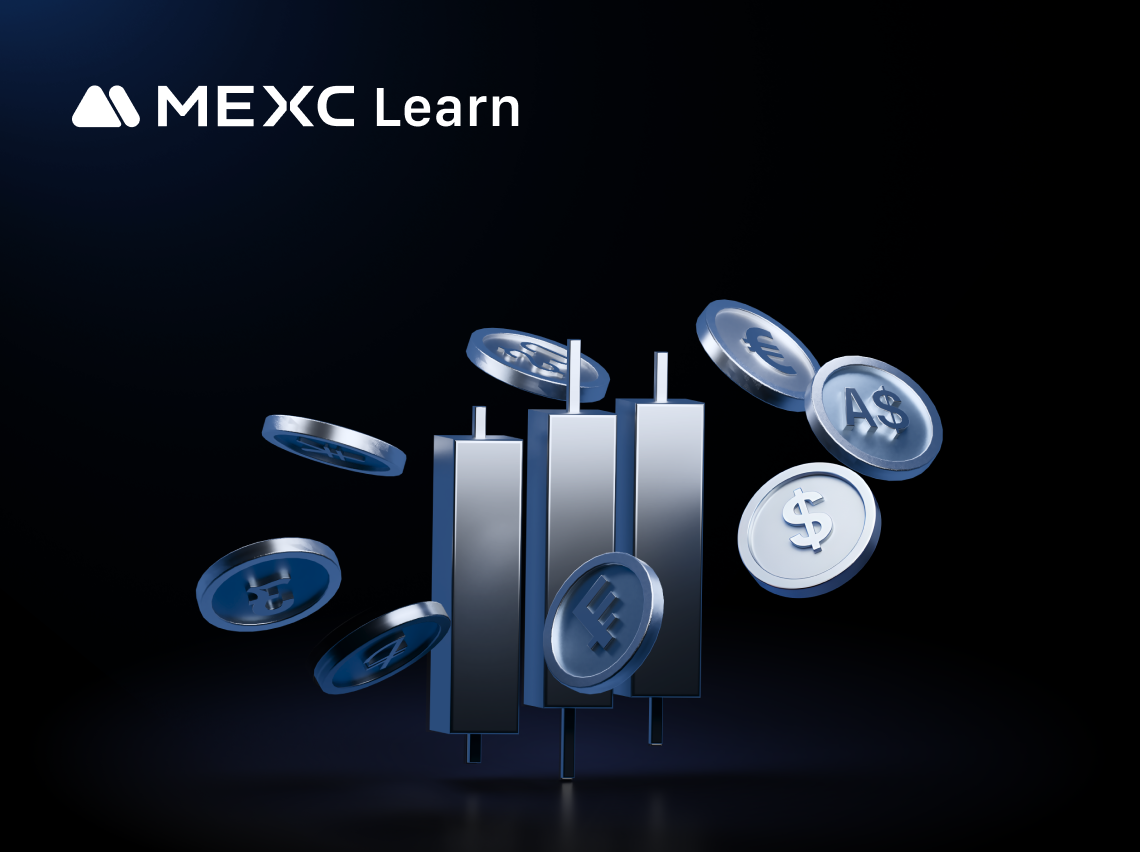
Hadtotakeprofits sir (HTTPS) MEXC Spot Trading App: Your Gateway to Mobile Trading
The MEXC spot trading app revolutionizes how you trade hadtotakeprofits sir (HTTPS) with industry-leading zero maker fees and access to over 3,000 trading pairs. As one of the world's most trusted cry
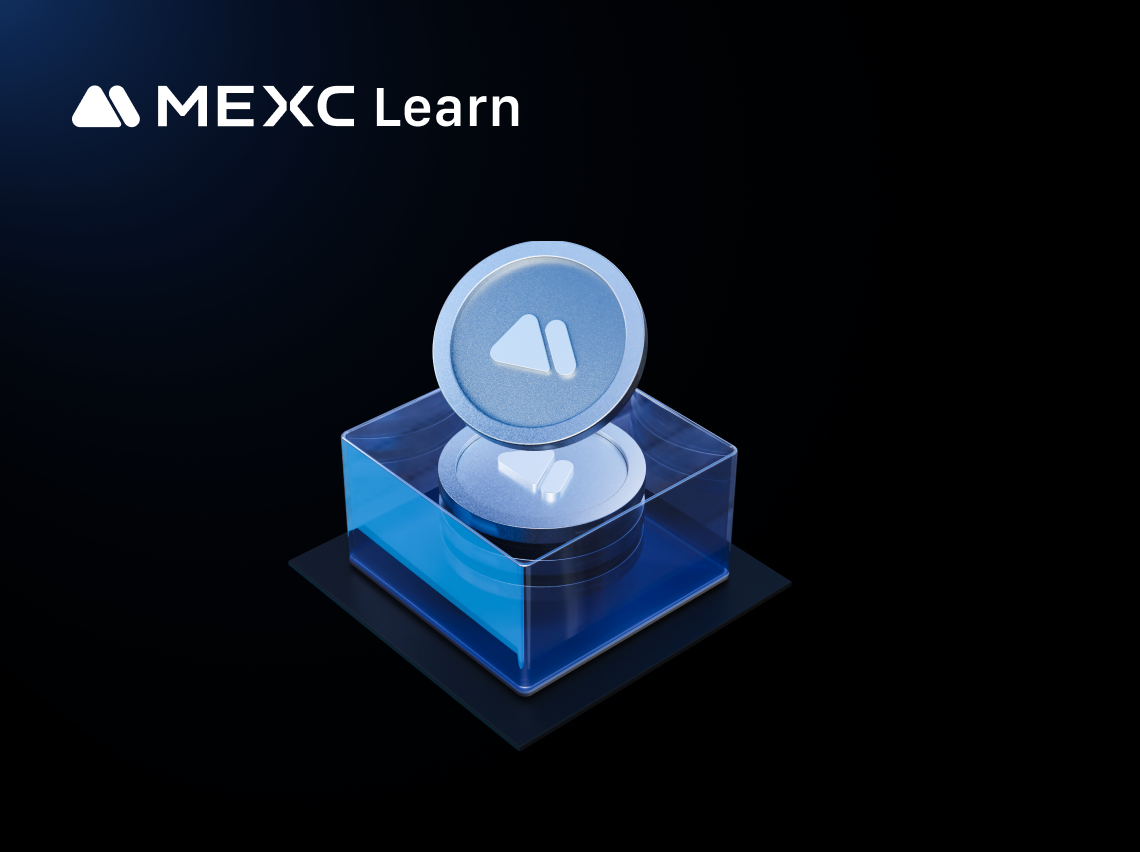
hadtotakeprofits sir (HTTPS) Spot Trading Strategies: A Beginner's Guide
Spot trading involves buying and selling cryptocurrencies for immediate delivery at current market prices. For beginners looking to trade hadtotakeprofits sir (HTTPS), understanding effective spot tra
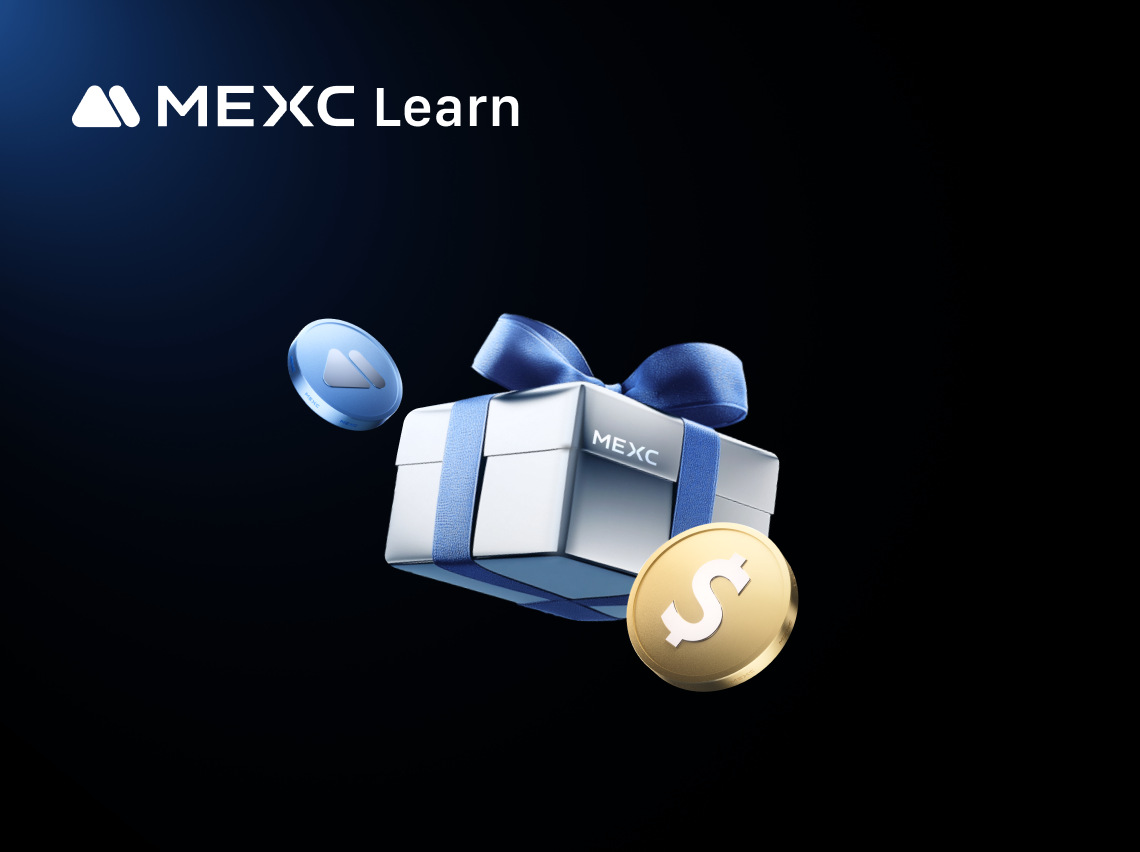
hadtotakeprofits sir (HTTPS) MEXC Spot Trading Fee: Complete Guide for Beginners
Understanding MEXC spot trading fees is crucial when trading hadtotakeprofits sir (HTTPS). MEXC operates on a maker–taker fee structure with 0% fees for makers and 0.05% fees for takers on spot market
Trending News

BlackRock boosts AI and US equity exposure in $185 billion models
The post BlackRock boosts AI and US equity exposure in $185 billion models appeared on BitcoinEthereumNews.com. BlackRock is steering $185 billion worth of model portfolios deeper into US stocks and a
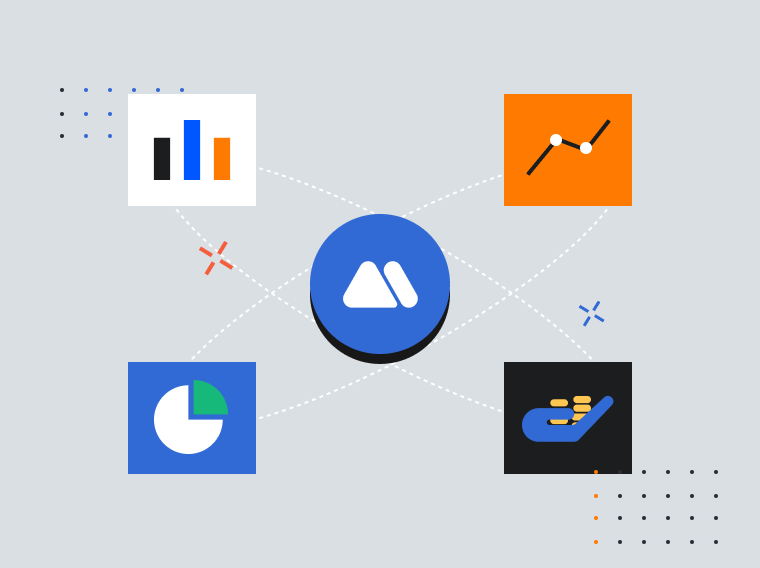
SICAK GELİŞME: Binance, Üç Altcoini Vadeli İşlemlerde Listeliyor!
Kripto para borsası Binance, ZKP, GUA ve IR tokenlerini vadeli işlemler platformunda listeleyeceğini açıkladı. *Yatırım tavsiyesi değildir. Kaynak: Bitcoinsistemi

USDC Treasury mints 250 million new USDC on Solana
PANews reported on September 17 that according to Whale Alert , at 23:48 Beijing time, USDC Treasury minted 250 million new USDC (approximately US$250 million) on the Solana blockchain .

GPT-5 onthult 3 altcoins die gaan exploderen in januari – welke crypto nu kopen?
i Kennisgeving: Dit artikel bevat inzichten van onafhankelijke auteurs en valt buiten de redactionele verantwoordelijkheid van BitcoinMagazine.nl
Related Articles

MEXC Pre-Market Trading Guide: Complete FAQ & How to Trade Before Listing
1. What is Pre-Market TradingPre-Market Trading is an over-the-counter (OTC) service offered by MEXC. It gives traders the opportunity to buy and sell new tokens before they are officially listed on c

What is Solana Mobile (SKR)?A Blockchain-Native Smartphone Platform Bridging Hardware, dApps, and Tokenized Governance
Key Takeaways1)Solana Mobile is a hardware-first Web3 platform, integrating self-custody and blockchain security directly into smartphones.2)Saga and Seeker phones function as on-chain access devices,

What is Immunefi(IMU)? A Complete Guide to Web3's Leading Security Platform
Key Takeaways1) Immunefi focuses on continuous Web3 security coordination, not one-time audits.2) Bug bounties and audit competitions form the core of its security model.3) Magnus serves as an operati

What Is VOOI ($VOOI)? A Non-Custodial Perpetual DEX Aggregator Explained
Key Takeaways1)VOOI is a non-custodial perpetual DEX aggregator that routes trades across multiple DEXs without holding user funds.2)The platform leverages chain abstraction and intent-based execution
